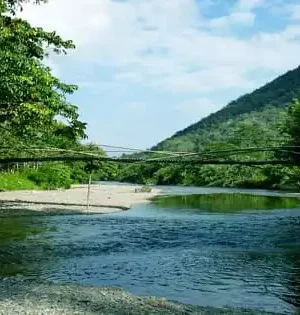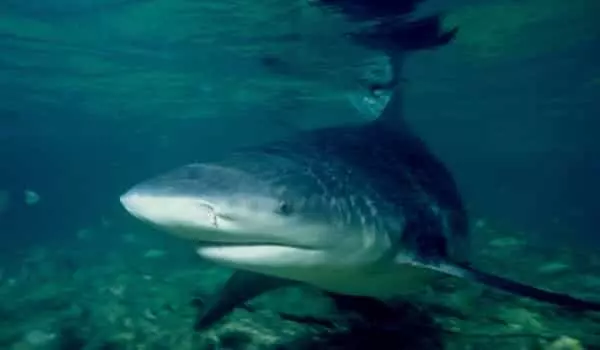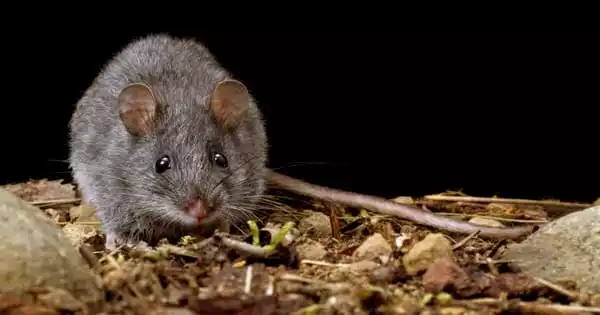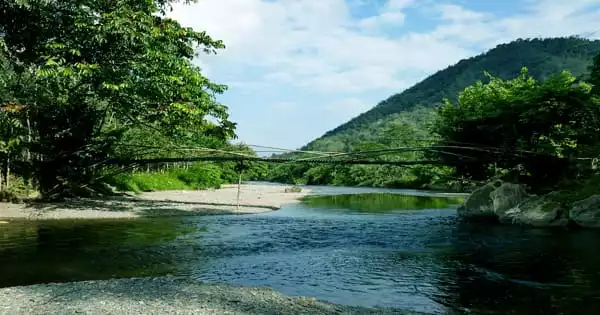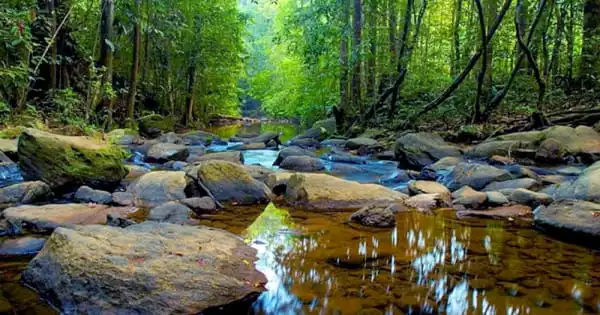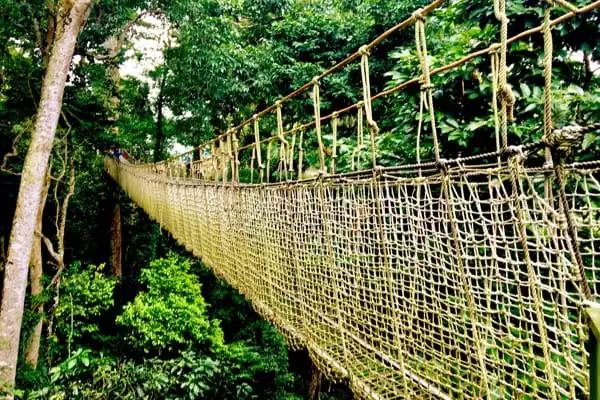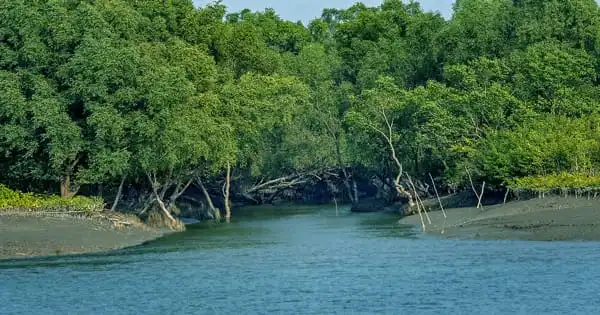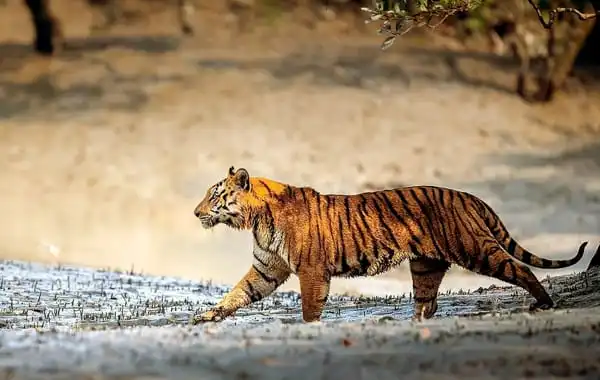Despite the fact that the deep ocean is a gloomy region, deep-diving seals can readily discover their prey in it. Field investigations were performed by a multi-national research team to better understand how seals use their whiskers in their hunt for food.
The findings of the team were reported in the Proceedings of the National Academy of Science.
Bioluminescence, the light that certain organisms carry in their bodies, gives illumination in deep ocean regions where no sunlight reaches. However, the amount of light produced by bioluminescence is quite restricted. Toothed whales may hunt in these dark waters by employing active biosonar, often known as echolocation, to locate their prey. Also hunting in these waters are deep-diving seals. However, they lack the active sonar that whales use to aid in hunting.
The researchers theorized that the seals use their well-developed whiskers to find food.
Most animals, unlike humans, have vibrissae, or moving facial whiskers. Vibrissae is derived from the Latin word “vibrio,” which meaning “to vibrate.” It emphasizes the receipt of vibration information and is used to characterize the seals’ whiskers. Due to the difficulties in studying whisker movement in a mammal’s natural surroundings, researchers have been unable to fully comprehend the natural movement and function of their face whiskers until now.
Previous research has used single whiskers, artificial models, or captive animals in experimental settings. The researchers sought to see how seals utilised their whiskers in their native deep-sea habitat. The researchers fitted tiny video recorders to free-ranging female northern elephant seals, selecting elephant seals for their very sensitive whiskers. The quantity of nerve fibers per whisker in these seals is the greatest of any animal. The video recorders were installed on each seal’s cheek to examine how it moved and used its whiskers in front of its mouth.
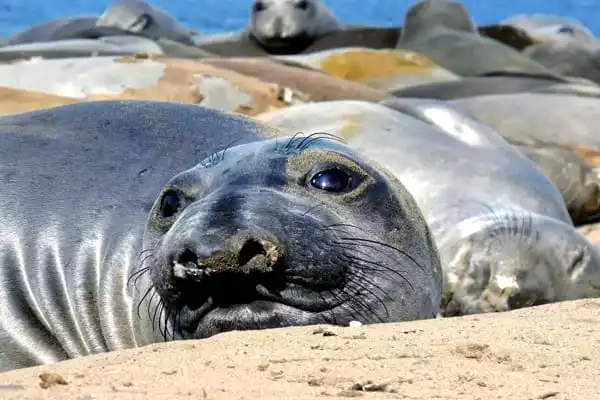
The researchers used video recorders to watch the elephant seals hunting in the harsh habitat of the deep, dark ocean. An LED red/infrared-light flash was included with the video logger. This light was invisible to the seals, but it let the researchers to monitor how they utilize their whisker as they approach their prey in a non-invasive way. The seals grabbed moving prey by feeling water movement, according to the cameras. The seals used rhythmic whisker movement—protracting and retracting their whiskers—to hunt for hydrodynamic cues with their whiskers stretched forward front of their mouth, similar to how a terrestrial mammal investigates its surroundings.
The researchers considered whether the light supplied by bioluminescence in some prey may aid the seals in their search for food. However, while bioluminescence is crucial, the seals’ sensitive whiskers are the principal means by which the mammal locates its prey.
Seals use their whiskers to hunt for, chase, and catch prey. “Our findings reveal another mammalian adaptation to complete darkness, solving a decades-long mystery about how deep-diving seals locate their prey without the biosonar used by whales,” said Taiki Adachi, Project Researcher at the National Institute of Polar Research / Assistant Project Scientist at the University of California Santa Cruz.
This study adds to previous whisker investigations on animals in captivity and advances the subject of sensory ecology of foraging. “The next step will be to perform comparative field investigations on other mammals to better understand how whisker-sensing shapes natural behavior in each mammalian species in various situations,” Adachi added.



